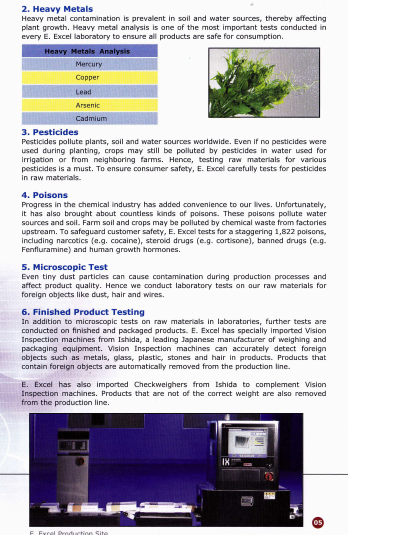With the recent news on Milk powder, it's alarming again for us as consumer on the food safety issue. 96
Source: Channel News Asia
http://www.channelnewsasia.com/news/singapore/consumption-of-gos-in/2951794.html
Given that infant, children and kids are regularly taking formula milk powder for their protein source and growing up. It's important that the food that they are taking are very safe.
Galacto-Oligosaccharide (GOS) is a common ingredient that has been added in formula milk, according to news it easily cause allergic reaction in those who already have allergies such as eczema and asthma
Where we can see them?
Look at one of the ingredient label in most common formula milk.
What is GOS
GOS is a carbohydrate added in foods to promote the growth of good bacteria in the gut.
GOS is a permitted food ingredient in many countries and can be added to any foods including infant formula.
What are GOS Allergy Symptoms?
GOS allergy symptoms can show up in the respiratory system, skin or in the stomach and intestines. The symptoms are sneezing, runny nose/ blocked nose, cough, throat and chest tightness, wheezing, hives and itch - including itchy eyes - and diarrhoea.
It's important that we need to be wiser consumer, to choose the food which is safe.
Looking the ingredient label, can you read and understand most of them?
Looking at both ingredient label which gives protein source, which one do you understand?
Which one is natural source? Which one is synthetic?
For me, I will choose the above which contain Soybean, Banana, Grape, Brocolli etc. As they are wholesome food, than synthetic ingredient.
I will not choose the one below, given that I don't understand most of them - Such as L-Carnitine, Zinc Sulfate, Cyanocabalamin???
Read up How does synthetic ingredients being made of?
One of the most valuable lesson that I learnt from ingredient label is that, they are being arranged in Most used ingredients, until the least used ingredients
For example, look at ingredient label below, another popular brand of formula milk.
First ingredient is Hydrolyzed Corn Starch, following by Sucrose - both are high in sugar content and food thickening which give sweetness in the milk powder.
Milk protein concentrate are no 3.
Following by Oils (Soy oil and sunflower oil)!!
And other ingredients which I don't understand.
To read on:
Safety of DHA and EPA in baby milk powder

Why I Choose Plant based protein and wholesome ingredient, than synthetic.
I choose Nutrifresh, given that it's wholesome protein source from Soybean :)
Why I Choose Plant based protein? :)
Read up:
Why I do not go for Cow's milk?
What are misconception on Soy?
Why dairies leads to further osteoporosis
Gout patient can eat soy
Cow milk and bone fracture
How the food safety is done to ensure that it's safe to be consumed among kid, children, adult, pregnant ladies, or even elderly :)
Let's look at how the manufacturer ensure the food safety, including using all the ingredients which are Organic and non-GMO.
All the ingredients are passed through 1822 types of testing, before it can be reached to consumer.
PM me if you would like to try 1 packet of Nutrifresh, I can mail it to your home
Cheers
Siew Choon
90263064
















